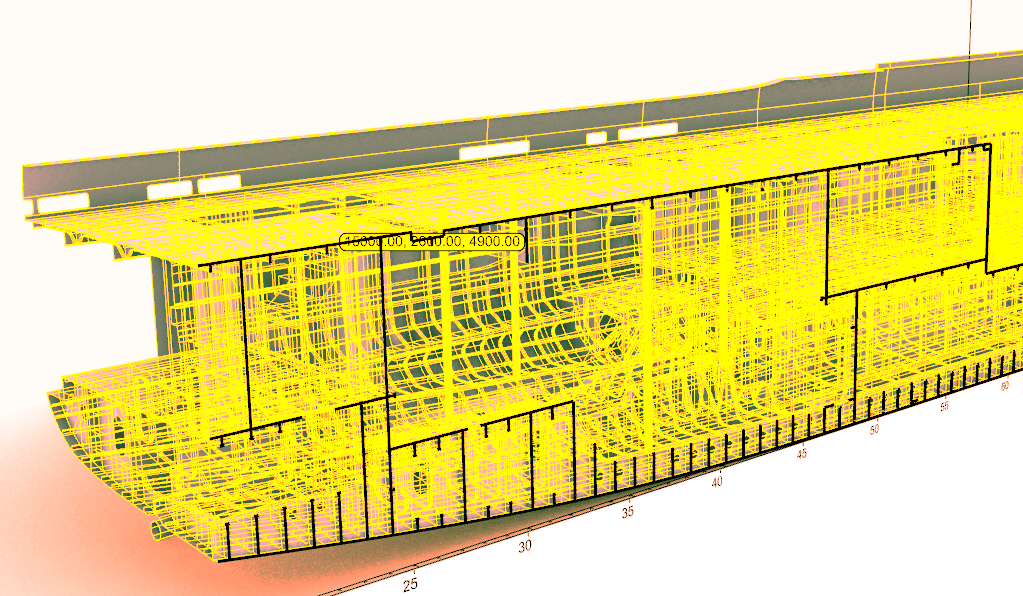In constant evolution, ship design merges with technology to create increasingly innovative vessels. This article explores the transformation of naval design, shifting from prioritizing aesthetics to the new paradigm of performance and energy efficiency. It analyzes the importance of 3D modeling in redefining the design process, enabling greater precision and customization.
Design Meets Technological Progress
The world of ship design is a continually evolving universe where creativity blends with technology to shape vessels that are more advanced in myriad ways. For millennia, humans have found in the art of building and designing boats a way to explore the world and challenge the boundaries of our imagination. However, with the advancement of technology and growing environmental awareness, vessel design has become much more than a mere aesthetic exercise: today, it’s a complex discipline striving to combine form, functionality, and sustainability into a single harmonious vision.

From Aesthetics to Performance: Ship Design’s New Paradigm
The evolution of ship design reflects a profound transformation in societal values and priorities. Once focused primarily on the aesthetics and beauty of vessels, the focus has now shifted towards optimizing performance and energy efficiency.
Modern boats are not just floating works of art but true engineering masterpieces that defy the laws of physics to ensure safe, comfortable, and green navigation. This drive towards enhanced performance has led to a complete overhaul of how vessels are conceived and constructed, putting engineering and technology at the forefront.
The 3D Modeling Revolution
Among the innovations that have contributed to redefining vessel design, 3D modeling stands out prominently. Thanks to this technology, designers can create highly detailed and accurate virtual models of their vessels, allowing for complete and realistic visualization of every detail.
3D modeling not only speeds up the design process but also enables greater precision in performance evaluation and unprecedented customization in details, resulting in final vessels that faithfully reflect the visions of their creators. This approach allows designers to more easily experiment with shapes and materials, test innovative solutions, and gain a clear vision of the final outcome from the early stages of the creative process.

Mastery and Experience in 3D Design
In this rapidly evolving landscape, extensive experience in the field and advanced expertise in 3D modeling are essential to support clients in bringing their projects to life.
This translates into the ability to transform abstract ideas into detailed virtual models and, subsequently, into real vessels that fully meet the needs and expectations of the most demanding clients.
The expertise in combining aesthetics and functionality, along with the ability to fully harness the potential of 3D modeling, are and will increasingly be the foundations for anyone wishing to create a unique and cutting-edge vessel.
Conclusion: Sculpting the Future of Ship Design
In sum, ship design is an ever-evolving field, where the pursuit of aesthetic perfection merges with the constant search for innovative and sustainable solutions. With the use of new technologies and collaboration with companies like Kyma, the naval sector is creating vessels that are more efficient, safe, and environmentally friendly for the future.
In this dynamic and captivating landscape, naval design reaffirms itself as a timeless discipline, capable of facing the challenges of the present and the future with creativity, ingenuity, and determination.


